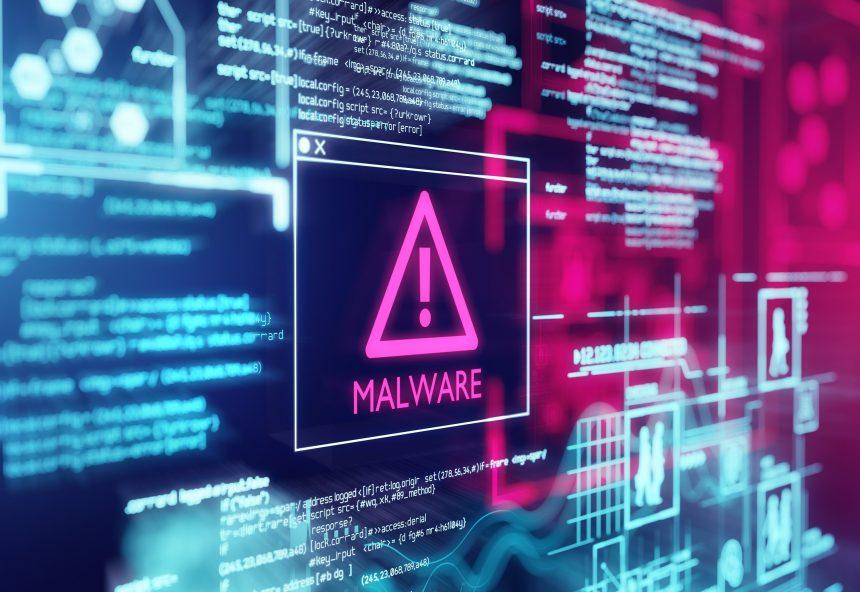Cybersecurity threats continue to evolve, becoming more sophisticated and harder to detect. Among these threats is the notorious Tickler malware, a malicious program that infiltrates computers, causing significant damage and compromising sensitive information. This article will delve into the details of Tickler malware, its harmful actions, and the steps you can take to remove it and protect your system from future attacks.
What is Tickler Malware?
Tickler malware is a type of malicious software designed to infect computers, often without the user’s knowledge or consent. Once installed, it can perform a range of harmful activities, such as stealing personal data, corrupting files, or even allowing remote access to the infected system. This malware typically spreads through malicious email attachments, compromised websites, or bundled software downloads.
Actions and Consequences of Tickler Malware
Once Tickler malware infiltrates your system, it can cause numerous issues, including:
- Data Theft: Tickler malware is notorious for stealing personal and financial information. This can include passwords, credit card numbers, and other sensitive data, leading to identity theft and financial loss.
- System Slowdown: The malware often consumes a significant amount of system resources, causing your computer to slow down considerably. This can make it difficult to perform even basic tasks.
- Unwanted Advertisements: In many cases, Tickler malware is associated with adware, leading to an influx of unwanted pop-up ads and redirecting your browser to potentially harmful websites.
- System Vulnerability: By creating backdoors in your system, Tickler malware can allow hackers to gain remote access, making your computer a part of a botnet or using it to launch further attacks.
- File Corruption: Tickler malware can corrupt important files, making them inaccessible or causing them to behave erratically. This can result in significant data loss and disrupt your workflow.
Detection Names and Similar Threats
Security vendors use various names to identify Tickler malware. Some of the common detection names include:
- Win32:Tickler
- Trojan.Tickler
- Backdoor:Win32/Tickler
- PUP.Tickler
- Tickler.A
Similar threats include other types of malware such as:
- Zeus Trojan: A notorious banking Trojan known for stealing financial information.
- Emotet: A sophisticated malware strain that often delivers other types of malware, including ransomware.
- Adwind RAT: A remote access Trojan that provides cybercriminals with control over infected systems.
Step-by-Step Tickler Malware Removal Guide
Removing Tickler malware from your system is crucial to prevent further damage and restore your computer’s normal functioning. Follow these detailed steps to eliminate the malware:
1. Enter Safe Mode
Before starting the removal process, it’s recommended to boot your computer in Safe Mode to prevent the malware from interfering with the removal process.
- Restart your computer.
- Press and hold the F8 key during the startup process.
- From the Advanced Boot Options menu, select “Safe Mode with Networking.”
2. Use a Reputable Anti-Malware Tool
One of the most effective ways to remove Tickler malware is by using a reliable anti-malware program like SpyHunter. Here’s how:
- Download and install SpyHunter.
- Launch the program and run a full system scan.
- Allow SpyHunter to detect and remove all instances of Tickler malware and any other threats it finds.
3. Manually Remove Suspicious Programs
If you suspect the malware is still present, manually check for and remove any suspicious programs:
- Go to the Control Panel and select “Uninstall a Program.”
- Look for any unfamiliar or recently installed programs.
- Right-click on the suspicious program and select “Uninstall.”
4. Delete Malware-Related Files and Registry Entries
To ensure complete removal, you may need to delete any remaining files and registry entries associated with Tickler malware:
- Press
Win + R, typeregedit, and press Enter to open the Registry Editor. - Navigate to the following paths and look for entries related to Tickler malware:
- HKEY_CURRENT_USER\Software
- HKEY_LOCAL_MACHINE\Software
- HKEY_LOCAL_MACHINE\Software\Microsoft\Windows\CurrentVersion\Run
- Delete any suspicious entries.
- Search your system for recently created files or folders that may be associated with the malware and delete them.
5. Reset Your Web Browser Settings
If Tickler malware has affected your web browser, reset it to its default settings:
- For Google Chrome: Go to Settings > Advanced > Reset and clean up > Restore settings to their original defaults.
- For Mozilla Firefox: Go to Help > Troubleshooting Information > Refresh Firefox.
- For Microsoft Edge: Go to Settings > Reset settings > Restore settings to their default values.
6. Perform a System Restore
If the above steps don’t fully remove the malware, consider performing a system restore to a point before the infection occurred:
- Press
Win + R, typerstrui.exe, and press Enter. - Follow the prompts to restore your system to an earlier date.
Best Practices for Preventing Future Infections
Preventing future infections is essential to maintaining the security of your system. Here are some best practices:
- Keep Your Software Updated: Regularly update your operating system, browsers, and all software to protect against vulnerabilities that malware can exploit.
- Use a Strong Antivirus and Anti-Malware Program: Install a reliable security suite like SpyHunter and keep it updated. Regularly scan your system to detect and remove threats.
- Be Cautious with Email Attachments and Links: Avoid opening email attachments or clicking on links from unknown or suspicious sources.
- Download Software from Trusted Sources: Only download software from reputable websites and avoid third-party downloaders that may bundle malware.
- Regularly Backup Your Data: Keep regular backups of your important files on an external drive or cloud storage to prevent data loss in case of an infection.
Conclusion: Protect Your System with SpyHunter
Tickler malware poses a serious threat to your computer’s security and your personal data. By following the steps outlined in this guide, you can effectively remove the malware and safeguard your system against future attacks. For the best protection, we recommend using SpyHunter. Download SpyHunter today and run a free scan to detect and remove any lurking threats, ensuring your computer stays safe and secure.





